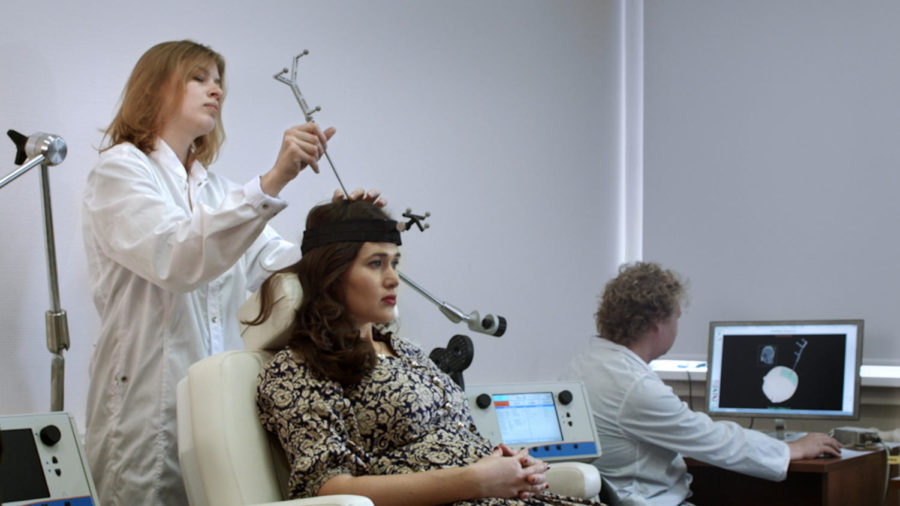Goss: The future of neurological therapies
November 18, 2019
If you or someone you know has struggled with a neurological disease, then you may also know someone who has been unresponsive to the traditional treatments of that neurological illness.
Pharmaceutical therapy, along with physical and psychological therapy, can only go so far, as there is a portion of the population that cannot respond to traditional therapies for that illness. Some may not respond to pharmaceutical treatment that they are given, or if they do respond, it is at a minimum degree.
While this is a seemingly harrowing fact to behold, there are new therapies in development right now that show great promise in treating these mental illnesses that afflict patients who cannot respond to traditional therapies.
One such therapy is called transcranial magnetic stimulation (TMS). It consists of one to two magnetic coils that are placed near the head in such a way that they stimulate specific neural clusters of the brain. It has been shown to be an effective therapy for treatment resistant depression, Parkinson’s disease, as well as anxiety and epilepsy.
This therapy does not rely on pharmaceuticals or any external physical or psychological therapy. There are some drawbacks to this type of therapy, however, as it can only activate the surface levels of the brain, which means only certain diseases can be treated.
New developments in TMS like the ones happening at Iowa State’s Magnetics Research Group are working on more focal coils that can penetrate deeper into the brain, while activating less surrounding tissues, allowing for better brain stimulation with a noninvasive approach.
Another noninvasive approach that is gaining some traction in neuroscience circles is called transcranial direct current stimulation (tDCS). This method of stimulation involves placing 2 electrodes on various areas of the brain to excite specific pathways.
This is an electrical analogue to TMS, where TMS delivers stimulation magnetically, tDCS delivers stimulations electrically. This stimulation method has been shown to be useful in treating several mental illnesses like depression and anxiety.
However, tDCS shares the same drawback as TMS in that both therapies can only treat specific diseases since only the surface portions of the brain can be excited.
While there are research developments right now that are working to perfect these non-invasive techniques, there exists another therapy that can stimulate deeper structures of the brain that has been around since the late nineties.
This is aptly called deep brain stimulation (DBS). It involves brain surgery to implant a pair of electrodes deep inside the brain that can stimulate areas that are unreachable by traditional TMS or tDCS methods. This stimulation method has been shown to be useful in treating Parkinson’s symptoms as well as treatment resistant depression and anxiety.
With these new developments, the medical community can now treat patients that once thought were untreatable. They can now alleviate symptoms and increase the quality of life for patients in a way once thought improbable with normal therapies.







